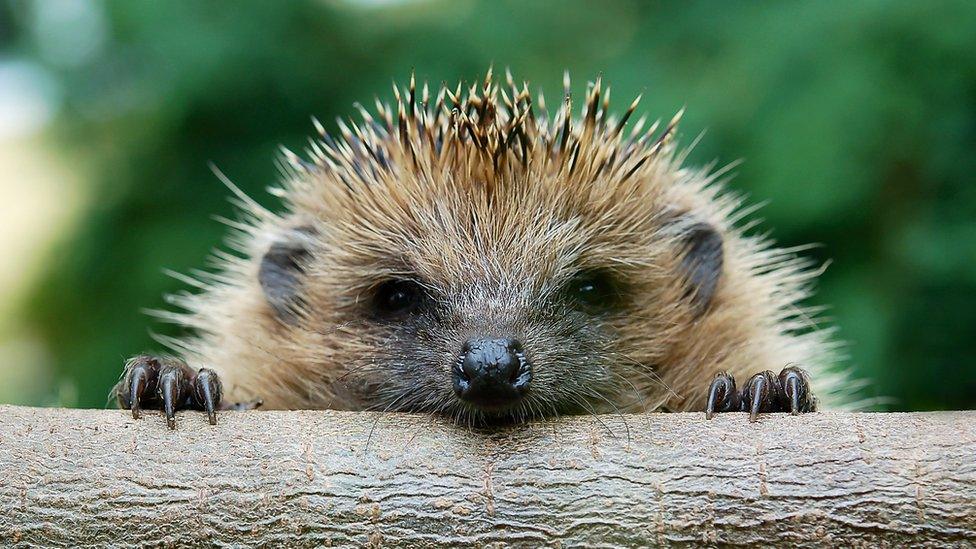Soil is home to more than half of all species on earth
- Published
- comments
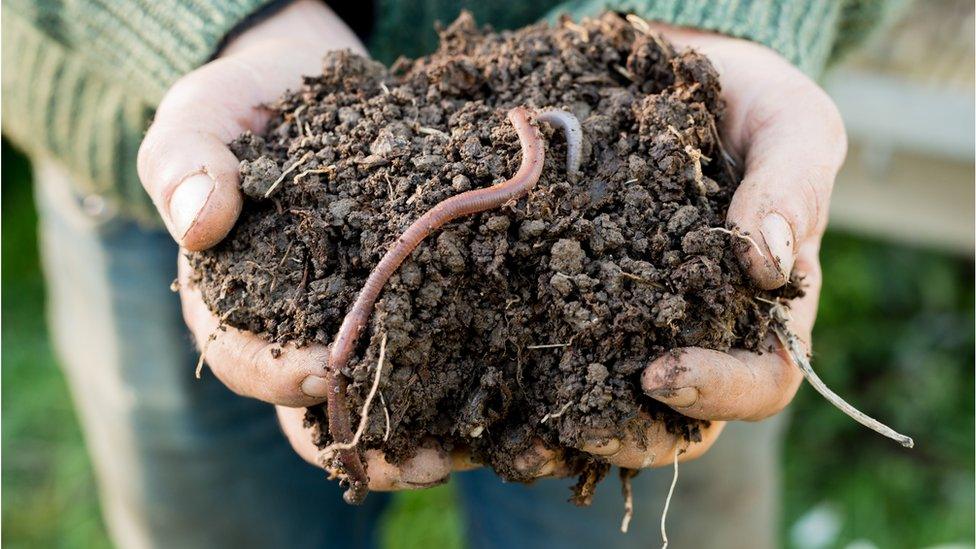
Worms are far from the only creatures living in soil - experts think 59% of life can be found there, from microbes to mammals
A study estimates that more than half of all Earth's species live in soil.
That makes it the single habitat where the greatest number of species live.
The report, published in the journal Proceedings of the National Academy of Sciences, claims that soil is home to 90% of world's fungi, 85% of plants and more than 50% of bacteria - and 59% of life overall.
Experts think the actual figure could be even higher as they say soils are understudied.
Scientists always knew that the soil was a great habitat, but this new figure is double what many previously thought.
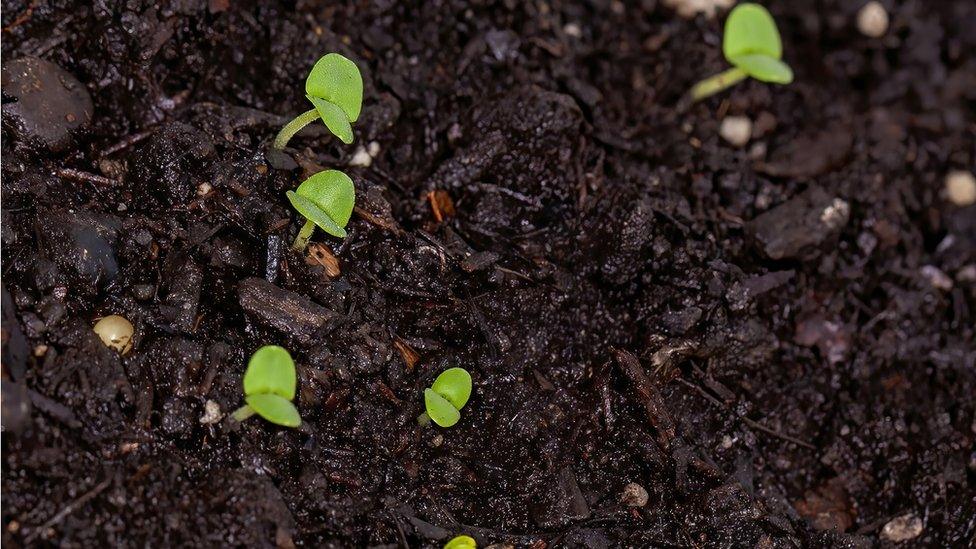
A study back in 2006 estimated that a quarter (25%) of life was soil-based, but scientists did not know for sure what the most species-rich habitat was.
Dr Mark Anthony, an ecologist at the Swiss Federal Research Institute for Forest, Snow and Landscape Research said: "In my research circle, many suspected it should be soil but there was no evidence."
He is the lead researcher in the most recent paper, which was review of existing research and has been published in the journal Proceedings of the National Academy of Sciences.
Through it the team were able to show that soil is likely home to 59% of life including everything from microbes to mammals.
But although its home to more fungi, plants and bacteria than anywhere else, it only provides a habitat for 3% of mammals.
Soil is the top layer of the Earth's crust and is composed of a mixture of water, gases, minerals and organic matter. It's where 95% of the planet's food is grown yet it has historically been left out of wider debates about protecting nature - because we know so little about it!
One teaspoon of healthy soil can contain up to a billion bacteria and more than 1km of fungi.
How was the research carried out?
Plant your pants and check for healthy soil!
To begin with the researchers started by assuming there are about 100bn species in total, a rough estimate.
They then used data to work out what fraction of those species were found in the soil.
They defined a species as living in the soil if it lived within it, on it, or completed part of its lifecycle in it.
Other habitats they looked at include marine, freshwater, the ocean floor, air, the built environment and host organisms such as humans.
Biodiversity matters because soil life affects climate change feedbacks, global food security, and even human health.
How accurate are the figures?
There is a large error range of 15% with the estimate, which means they could have found the amount of creatures living in the soil to be as low as 44% or as high as 74%.
For some groups the error range was very large - for bacteria, estimates ranged between 22% and 89% living in the soil.
But Dr Anthony said: "What actually surprised me the most was the sheer challenge of this undertaking, and how much variation there is to our estimates for many large groups, particularly bacteria and viruses, the two most diverse forms of life on Earth."
He has admitted that while their estimate is "really a first attempt" to organise dig deeper into this area, "with quite a large error to many of the estimates" - with the true number somewhere within this range, "it is the first realistic estimate".
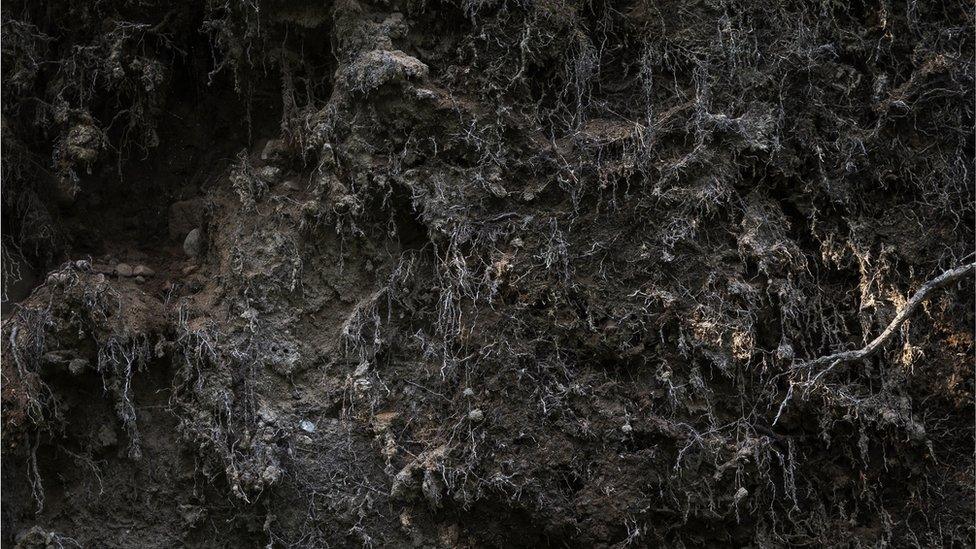
Soil is made up of many layers with roots going down far into the
Other experts have also backed up the research.
Dr Roy Neilson, an ecologist from the James Hutton Institute in Dundee, said: "It is extraordinarily difficult to enumerate soil biodiversity… The approach taken in this study arguably generates the current best estimate of global soil biodiversity."
He was not involved in this study but said it had paved the path "for future scientific investigation".
Dr Mark Anthony is hoping the study will help soil to be become more of a focus when it comes to environmental protection going forward.
"Biodiversity matters because soil life affects climate change feedbacks, global food security, and even human health," he said.
- Published23 March 2023
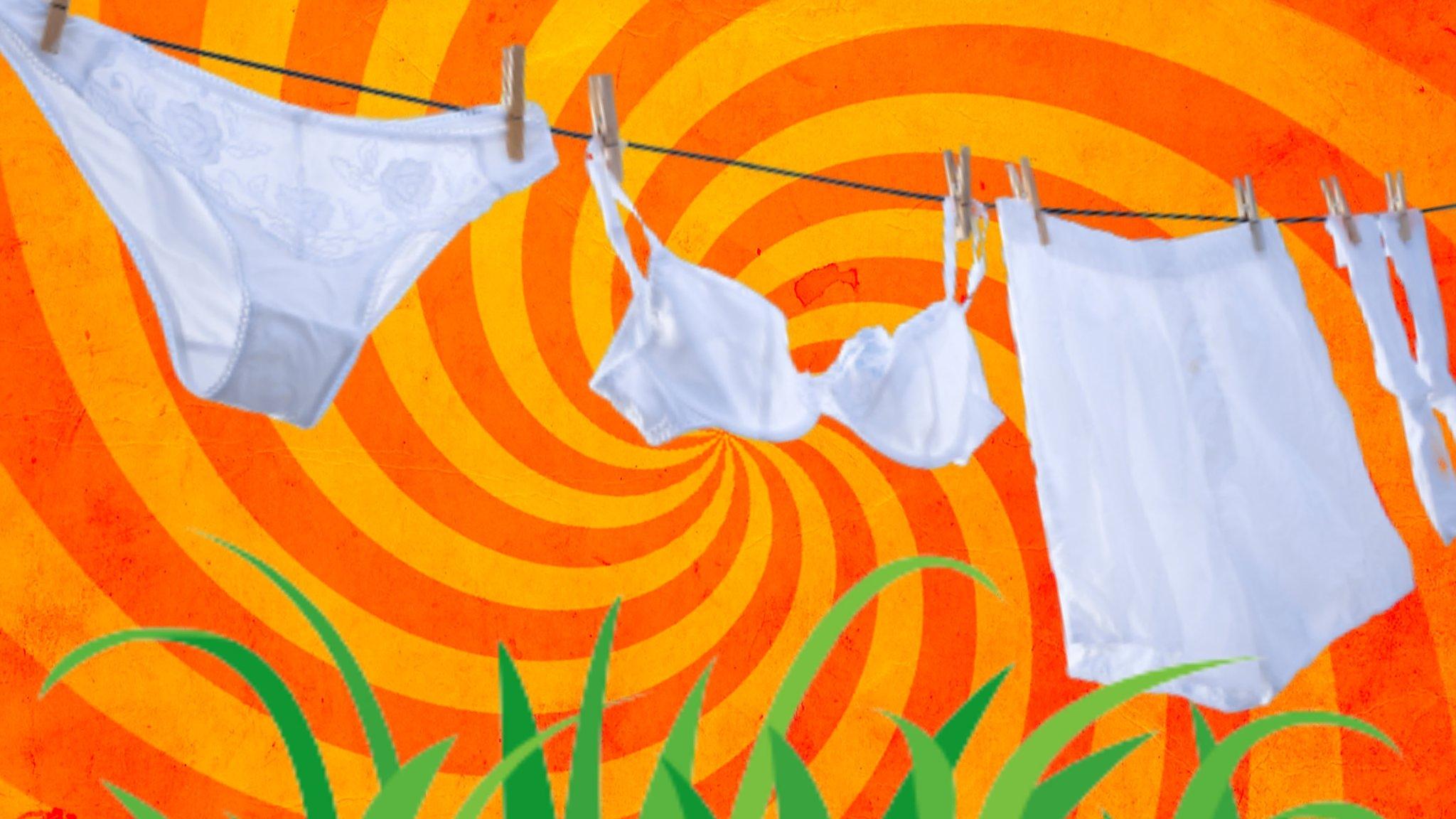
- Published6 September 2020
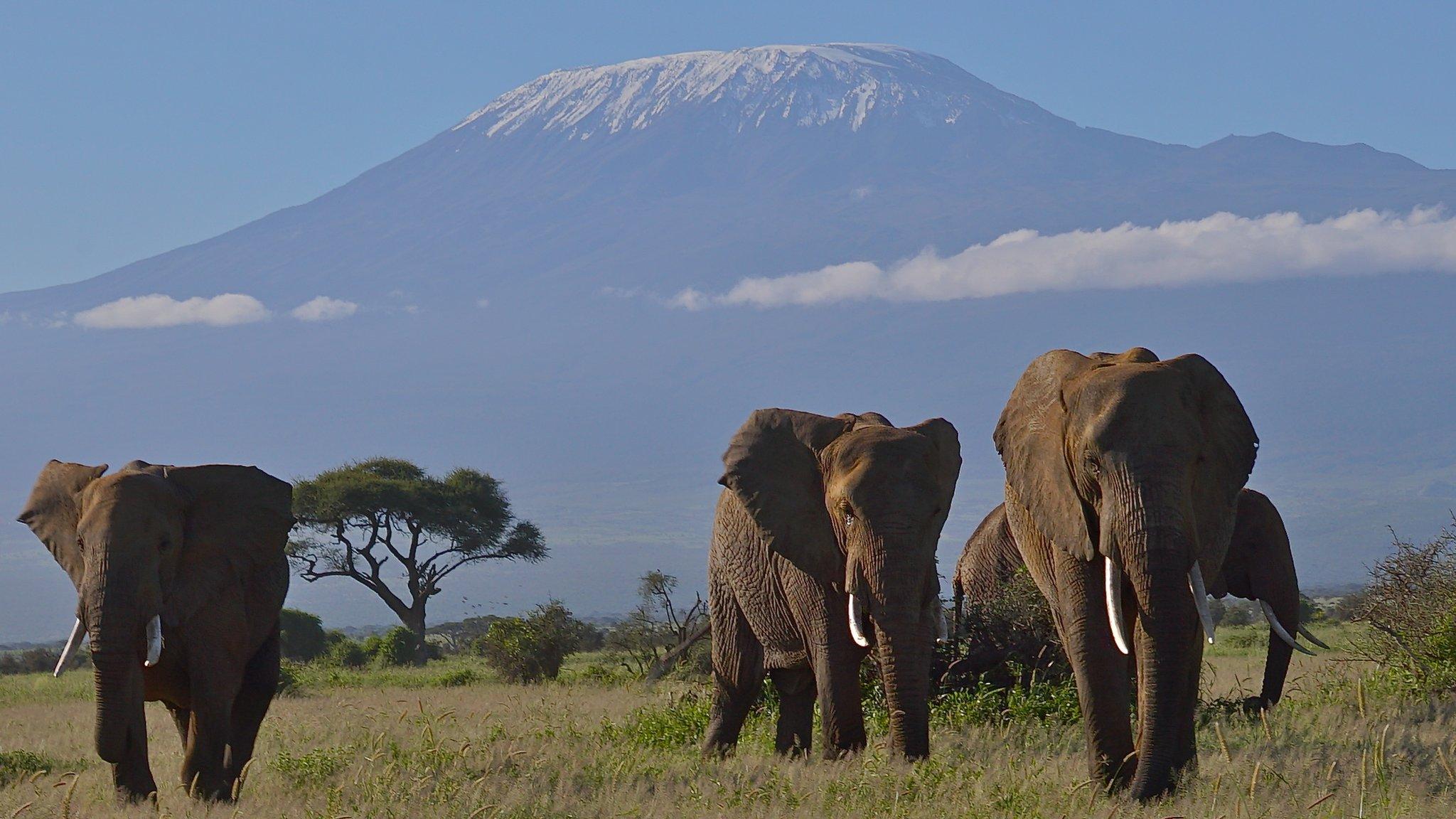
- Published31 January 2023
